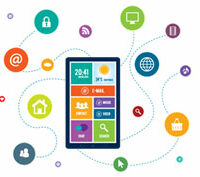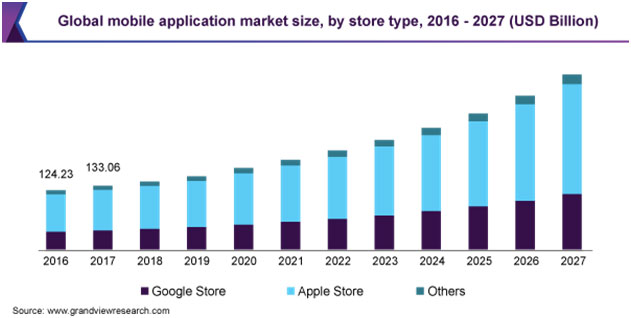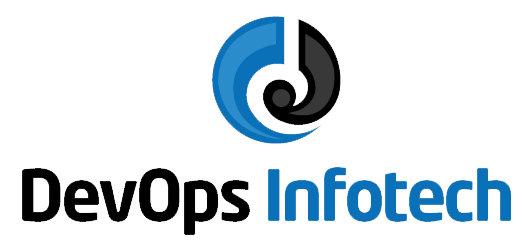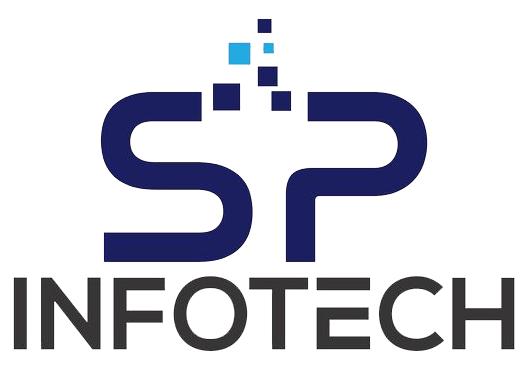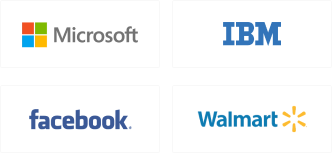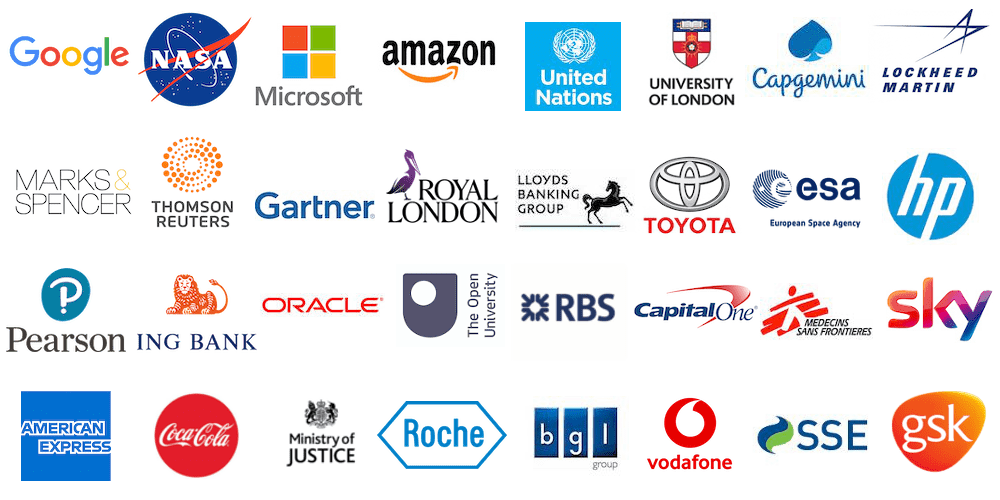HOW TO DEVELOP A MOBILE APP?
From the past few years, it has been seen that Science and Technology both are firm pillars of development, and every day there is some innovation.
In terms of hands-on experience, we require various techno-friendly applications just like a mobile app.
Mobile application is simply software designed or computer-based structure that can be accessed on various platforms such as mobile phones, tablets, digital watches.
Generally, the apps which are functioned in mobile are like a copy that we use on a desktop or laptop.
TYPES OF MOBILE APP
Mobile apps can be classified in many ways but in common it is divided into three types.
- Native App: These are the apps that are designed only for a specific operating platform/system. For example, an app that can be accessed in android cannot be used in the ios version.
- Web-Based App: Website-based application is standardized with some web technologies such as HTML, JavaScript, CSS. To have smooth and proper functioning stable connectivity is required.
- Hybrid App: It is a combination of both native as well as a web-based app. Apps are developed upon end-to-end scripts like Apache Cordova, Xamarin, React native, etc. These are made to provide support to multiple platforms which use a single code base structure.
USES OF MOBILE APP
Applications were initially made to give usefulness help like email, schedule, and contact data sets, however because of popularity from the general population there was a quick extension in different regions like portable games, plant mechanization, GPS and area based administrations, request following, and ticket buys, subsequently, there are a large number of applications accessible in different application stores. Some applications require Internet access and some others work disconnected.
CHARACTERISTICS OF MOBILE APP
The world today seems to run on apps. Expecting it is something that people can speak with, very likely, there is an application available for it. Especially arranged applications are appealing. A Good application that ought to be arranged should fuse these things.
Many people don’t have so much time to move through if the app is difficult to explore. In this way, they don’t give so much attention nor interest rather they will see some other rival app to use.
Faster loading screens and user interface are very important. Nobody likes pausing, especially when all they need to take a gander at a stacking screen image. Thusly, the client might get baffled and will settle on another application. So every application ought to be a straightforward and fast interface.
There are three main mobile operating systems like iOS, Android, and Windows. And to reach out to more people it should be readily available on these. In Android, one can easily upload it to the play store, but in iOS, the app should be tried and tested.
Internet security is becoming a burning issue and the same applies to the app. As various apps give permission to individual store their personal information and data so it is required to have system security.
When an app is published for the first time in the app store and it is ready to use there will certainly be some issues that will occur. In that case, the user feedback option is a must where the best way to understand that is to ask the user themselves and can improve it in a further update.
MOBILE APP DEVELOPMENT
To develop or create something we need to keep these points to progress to develop an app.
- Develop a unique app idea.
- Do competitive market research and analysis.
- Mention the features on which the app is made.
- Certain codes need to be generated
- Trial and Testing.
- Create graphic and app designs.
- Publish app to the App Store.
The platform organizations needed to develop, deploy and manage from many components and tools which allow a developer to write, test and deploy applications into the target platform environment.
Front-end development tools
Front-end advancement apparatuses are centred around the UI and client experience (UI-UX) and give the accompanying capacities:
- UI design tools
- SDKs to access device features
- Cross-platform accommodations/support
Back-end servers
Back-end instruments get where the front-end apparatuses leave off, and give a bunch of reusable administrations that are midway overseen and controlled and give the accompanying capacities:
- Integration with back-end systems
- User authentication-authorization
- Data services
- Reusable business logic
Security add-on layers
With Bring your device(BYOD) becoming the norm within more enterprises, IT departments often need stop-gap, tactical solutions that layer atop existing apps, phones, and platform components. Features include
- App wrapping for security
- Data encryption
- Client actions
- Reporting and statistics
Mobile app testing
Portable applications are first tried inside the improvement climate utilizing emulators and later exposed to handle testing. Emulators give an economical method to test applications on cell phones to which designers might not have actual access. Coming up next are instances of devices utilized for testing applications across the most well known versatile working frameworks.
Google Android Emulator
An Android emulator that is patched to run on a Windows PC as a standalone app, without having to download and install the complete and complex Android SDK(Software Development Kit). It tends to be introduced and Android viable applications can be tried on it.
The official Android SDK Emulator
A cell phone emulator mirrors the entirety of the equipment and programming components of an average cell phone (without the calls).

